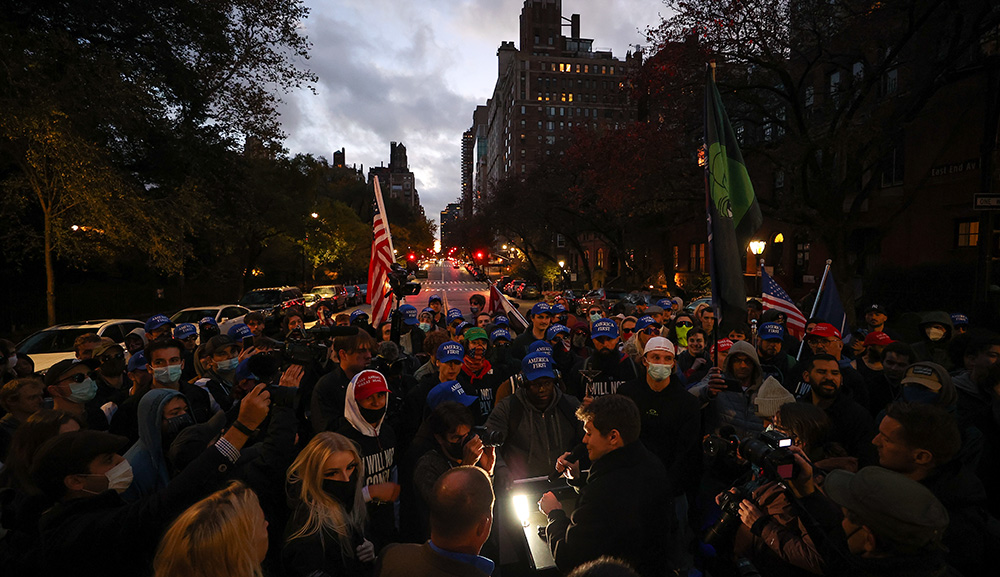Built in 1895, Ahavath Beth Israel is the oldest synagogue in continuous use west of the Mississippi River. Its grand original structure was physically relocated in 2003 so it could be expanded to accommodate a growing congregation. Dan Fellner writes:
One of the original members of Beth Israel—as it was [originally called]—was Moses Alexander, who became the mayor of Boise and later was the first practicing Jewish governor in the U.S. He served two terms, from 1915 to 1919. There is a display at a museum inside the Idaho State Capitol in downtown Boise trumpeting that historical distinction. To this day, Alexander remains the only Jewish governor in Idaho history. Today, more than 120 years later, Moses’ grandson, Nathan Alexander, is still a member of the congregation. . . .
The interior of the synagogue still features the original wood columns and stained-glass windows. It is listed in the National Register of Historic Places. . . . Despite [a handful of anti-Semitic incidents] in Idaho, the synagogue’s director describes Boiseans as “welcoming” and interested in learning more about their Jewish neighbors.
“We’re constantly hosting tour groups and church groups,” she said. “They want to visit the synagogue. They want to know about Jewish history. They want to learn about Judaism.”
More about: American Jewish History, American Jewry, Jewish architecture, Jewish World, Jewish-Christian relations, Synagogues


